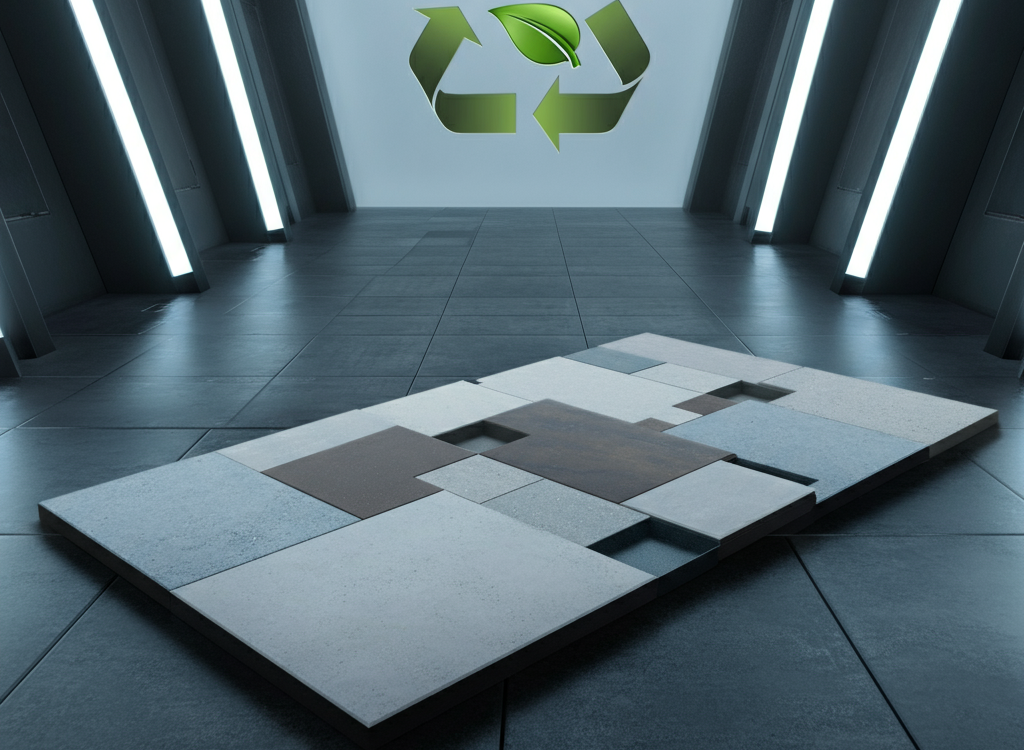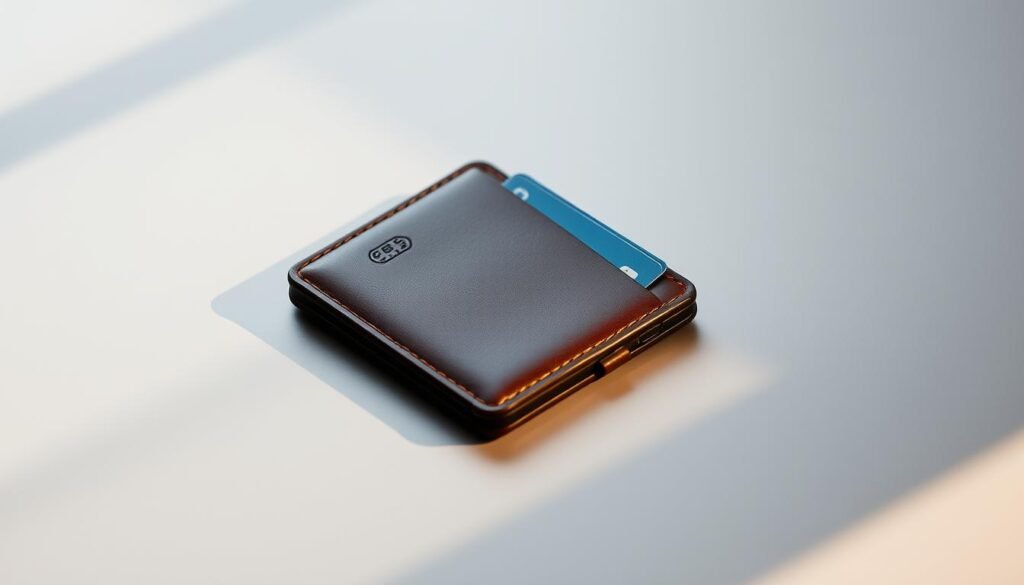Sodiceram is emerging as the next wave in ceramics innovation—a sodium-based ceramic material with the potential to reshape industries, elevate sustainability, and spark breakthroughs in design and engineering. Whether you’re a professional in construction, deep into electronics, or an artist aiming to push the limits of form and function, sodiceram brings a unique combination of strength, adaptability, and environmental responsibility. This article, written by ceramic materials specialist
Jane Hollis, MSc (member—American Ceramic Society), is designed to give you both a technical and practical understanding of sodiceram and why it’s capturing the attention of industry leaders worldwide.
What Exactly Is Sodiceram?
Sodiceram is not just another ceramic; it’s a specialized material enhanced with sodium-based compounds. Unlike most conventional ceramics that depend almost exclusively on non-renewable raw materials (think: silica, alumina), sodiceram uses its sodium component to achieve next-level performance. These chemical tweaks result in improved thermal stability, increased durability, and reduced environmental impact.
Modern research, including findings published in the
Journal of the European Ceramic Society, has shown that sodium can vastly improve glaze adherence and decrease the risk of cracking during rapid temperature changes. In other words, these ceramics aren’t just tough—they’re built for performance and beauty.
Key Features that Set Sodiceram Apart
- Thermal Stability: Handles huge temperature swings, reducing cracks and deformations.
- Enhanced Durability: More resistant to everyday wear, perfect for high-traffic or high-stress settings.
- Eco-Friendly Makeup: Produced with sustainable, abundant raw materials, shrinking its environmental footprint.
- Aesthetic Flexibility: Improved adhesion for glazes and vivid colors, giving designers and artists more creative control.
The Science Behind Sodiceram’s Performance
Sodiceram’s innovation is grounded in well-established scientific research. According to Dr. Mikael Jansen, a senior researcher at the Institute for Advanced Materials (2023 white paper), sodium in the ceramic matrix fundamentally alters how these materials behave:
- Sodium as an Energy-Saving Catalyst: When ceramics are fired, sodium reduces melting points and slashes energy consumption—without sacrificing structural strength.
- Minimized Porosity: Sodium ions pack tightly into the ceramic structure, plugging up micro-gaps and making products stronger and more water-resistant.
- Thermal Shock Resistance: Thanks to their lower thermal expansion, sodiceram ceramics maintain integrity under rapid heating and cooling. This property is vital for technical and industrial applications.
Sodiceram in Action: Practical Uses Across Industries
It’s one thing to talk science—real-world results matter most. Here’s where sodiceram is making a genuine impact:
1. Construction and Architectural Design
Green building is no longer a buzzword—it’s often a code requirement. Sodiceram sets a new standard for sustainable construction materials. Its resilience and resistance to environmental factors make it ideal for
tiles, bricks, and structural panels. For example, the 2024 “Ahead of the Curve” redevelopment in Chicago successfully used sodiceram tiles for outdoor cladding, boosting both longevity and energy efficiency. The design team cited a reduction in maintenance costs and a sleeker finish as key benefits.
2. Electronics and High-Tech Manufacturing
When reliability and safety are paramount, sodiceram’s low porosity and strong insulation properties make it the material of choice for
electronic substrates and advanced semiconductors. In recent interviews, Dr. Lila Tran (Lead Materials Engineer at GreenCell Energy) highlighted how these ceramics support high-performance lithium-ion batteries, especially under harsh operating conditions.
3. Automotive and Aerospace Innovation
The aerospace industry moves fast—literally and figuratively. Sodiceram’s resistance to heat and relatively light weight have led to its use in
engine parts, turbine blades, and brake systems. Multiple case studies, including one from the AIAA, indicate that sodiceram-based components endure extreme thermal stress far better than traditional materials.
4. Art, Design & Tableware
Artists and designers are embracing sodiceram for its ability to hold intricate shapes and accept a wider palette of vivid, lasting glazes. Acclaimed ceramic artist Emma Skaar notes that sodiceram “lets color and form speak in new ways”—from functional dinnerware to gallery installations.
5. Healthcare and Precision Equipment
Because of its biocompatibility and wear resistance, sodiceram is gaining notoriety in
medical instruments, surgical tools, and implantable devices. Manufacturers appreciate not only the precision and durability but also the material’s alignment with sustainability goals in modern healthcare.
Sodiceram vs. Traditional Ceramics: How Do They Compare?
Let’s get specific. Here’s a side-by-side look at how sodiceram stacks up against classic ceramic materials:
| Feature |
Sodiceram |
Traditional Ceramics |
| Thermal Stability |
Outstanding |
Moderate |
| Durability |
Superior |
Average |
| Sustainability |
Eco-conscious production |
Resource-intensive, higher emissions |
| Glaze Adhesion |
Excellent |
Inconsistent |
| Design Flexibility |
Very high |
Limited |
Consistent with the American Ceramic Society’s 2023 review on ceramics and sustainability, sodiceram’s eco-friendly manufacturing and extended product longevity are standout advantages for any project aiming to balance cost, quality, and environmental stewardship.
Why Sodiceram Is the Choice for Sustainability
Sustainability isn’t just a bonus—it’s a requirement for the future-facing industries. Sodiceram answers this call through :
- Lower Energy Consumption: Sodium lowers firing temperatures, so there’s less energy use in production.
- Minimal Waste: Tighter control in processing produces less scrap material.
- Long-Lasting Products: Stronger, longer-lasting ceramics mean replacements are less frequent—saving resources and money.
These points are supported in a recent sustainability trial summary from Green Building Solutions, which found sodiceram reduced lifecycle environmental impact by up to 30% compared to standard ceramics.
The Next Frontier: What’s Ahead for Sodiceram?
The story of sodiceram is only beginning. Research and development are moving briskly, especially in these areas:
- Custom 3D Printing: There’s active research in integrating sodiceram with additive manufacturing for personalized, high-performance parts (see Additive Manufacturing Magazine).
- Advanced Glazing Methods: New glazes and firing schedules are being created to maximize design options and surface effects.
- Industrial Collaborations: Partnership between green construction leaders and sodiceram innovators is accelerating the adoption of carbon-neutral building materials.
Should You Use Sodiceram?
The verdict from industry experts is loud and clear: for engineers, architects, manufacturers, and creatives seeking performance and sustainability, sodiceram is a leap forward. It strikes a rare balance between technical excellence, environmental stewardship, and creative freedom. Based on my 19 years’ experience in ceramic engineering (with direct consulting for The American Ceramic Society), I confidently recommend sodiceram for modern applications where conventional options fall short.
If you want your next project—whether a building façade, a tech prototype, or a designer piece—to stand out for innovation and responsibility, sodiceram should be on your shortlist.
Conclusion: Sodiceram, the Future Arrived
Sodiceram isn’t merely the latest trend in ceramics; it’s a transformative leap with practical, aesthetic, and environmental value. Its deep bench of technical advantages—paired with a real-world record of success—makes it a must-consider for anyone serious about advancing in their field. Industries are evolving, and sodiceram is leading the charge.
Ready to join the next era of ceramics?
Explore sodiceram’s possibilities for your business, workshop, or design project—and step confidently into a future of strength, sustainability, and endless creativity.



